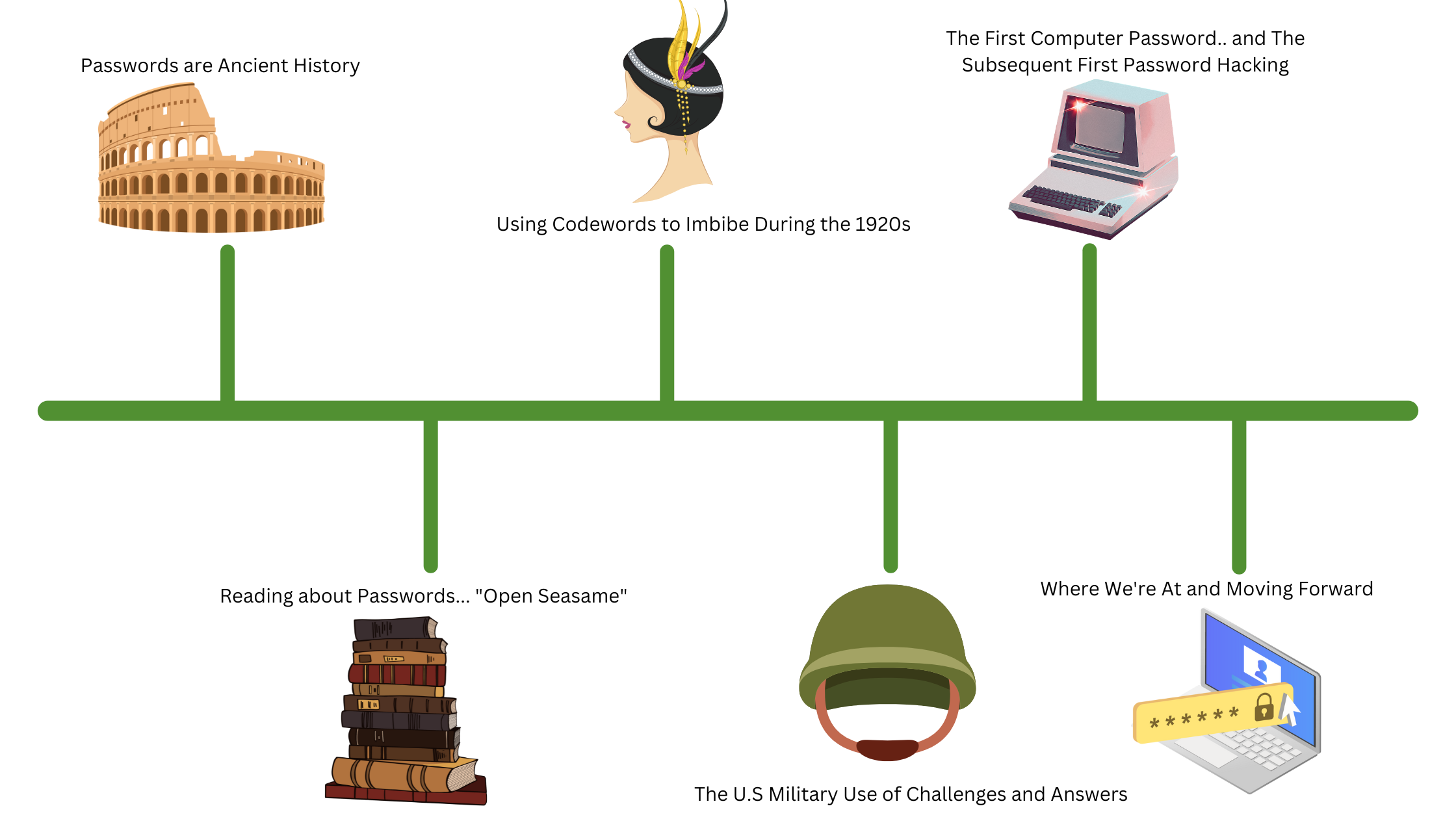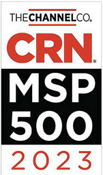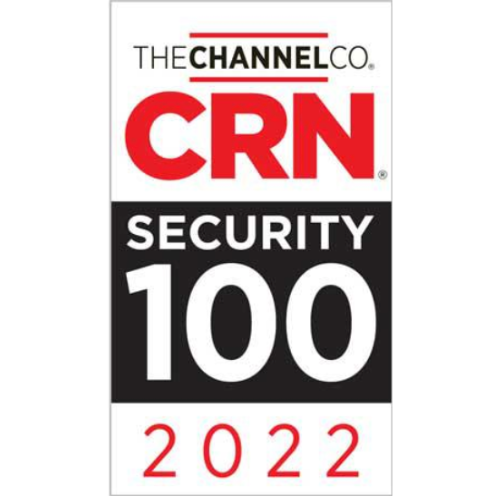Passwords are not a new concept; people have struggled with codewords, watchwords, and passwords since ancient times. We looked into the history of passwords starting with BCE... so keep reading to learn about passwords, where they come from, and how they've changed with technology.
If you want to skip to Part II: All You Need to Know About Passwords, click here or jump to Part III: 1PASSWORD to Manage Them All.
Passwords are Ancient History
In western history, the first recorded passwords were used by militaries, starting with the biblical book of Judges. Within the text, Gileadite soldiers used the word "shibboleth" to detect their enemies, the Ephraimites. The Ephraimites spoke in a different dialect so that they would say "sibboleth" instead. Ancient Romans also heavily utilized passwords in the same manner and called them "watchwords. Every night, roman military guards would pass around a wooden tablet with the watchword inscribed. The military men would pass the tablet around until every encampment marked their initials. This was to ensure that enemies disguised as Romans would be detected.
Watch this video for a quick laugh at what it would be like to forget the password in ancient times.
Reading about Passwords... "Open Seasame"
Fast forward to the 18th century, "Ali Baba and the Forty Thieves," invented by the French Orientalist Antoine Galland, tells the story of the password "Open Sesame." Ali Baba, a poor merchant, overhears thieves talking about their horde of gold behind a cave wall. To open the cave, you must utter the words "open sesame, open." Ali Baba goes to the shelter and steals as much loot as possible. Later in the story, Ali Baba's uncle gets wind of the gold and goes to the cave. Once inside, he quickly closes the rock wall behind him to ensure he has the gold all to himself. The uncle greedily loads bags upon bags full of gold. Turning around to leave, he realizes he has forgotten the password to open the door.
Unfortunately for the uncle, he did not have a way to reset the password and was stuck inside waiting for the thieves to return.
Using Codewords to Imbibe During the 1920s
Then on January 17th, 1920, alcohol became illegal, known as prohibition. Thousands of saloons were forced to close. People could only legally obtain alcohol for medical or religious reasons. Thousands of saloons were forced to close, but saloon owners quickly realized, well, they could still sell alcohol behind closed doors... literally behind closed doors. These saloons became known as speakeasies, blind pigs, or gin joints and were open to men and women. To enter the speakeasy, people had to quietly whisper a code word to keep law enforcement from finding out; code words were ridiculous, to say the least: coffin varnish, monkey rum, panther sweat, and tarantula juice, to name a few.
The U.S Military Use of Challenges and Answers
The U.S. also used passwords in war. In the battle of Normandy, paratroopers of the U.S. 101st Airborne Division used a password—flash—which was presented as a challenge and answered with the correct response—thunder. The challenge and response were changed every three days. D-Day also used passwords for identifying allies. You can see this form of password, known as "countersigns," still today when you sign in to Bank of America, FASFA, and other accounts. When after you give your user Id, an image you selected appears.
The First Computer Password.. and The Subsequent First Password Hacking
Fast forward to 1960, MIT professor Fernando Corbato realized he also needed to use "Watchwords" when he built a large shared computer, the CTSS. The users would all need to access different files without gaining clearance to each other's terminal; the solution: each user would have their own password. While Corbato, who passed away in 2019, never accepted credit for the first computer password, he is accredited to it nonetheless.
This was also the start of hackers decoding passwords to gain access to the computer. The passwords of the 1960s were stored in plain text, which is much, much different than today. Now, passwords are scrambled and encrypted when stored on databases.. this is how you can log in to your Amazon with the password without feeling like your password will easily get compromised. Read more about current passwords in Part II. So, in 1962, Allan Scherr, an MIT researcher, and his colleagues were only given 4 hours a week for their research on the infamous CTSS. He hacked his colleagues' passwords and allotted himself more time.
Where We're At and Moving Forward
Now, one single password breach could exploit your personal data: name, address, credit card information, bank accounts - any and all information needed for a hacker to gain economic mobility through your identity. So, the solution is to have lots of safe passwords that are encrypted and part of a two-factor authentication process. Read Part II to understand why some passwords are secure and others are not, what encryption is, and why 2FA is important. If you already know the basics but are frustrated with needing hundreds of complicated passwords to remember, read part III: 1Password to Manage Them All here.











